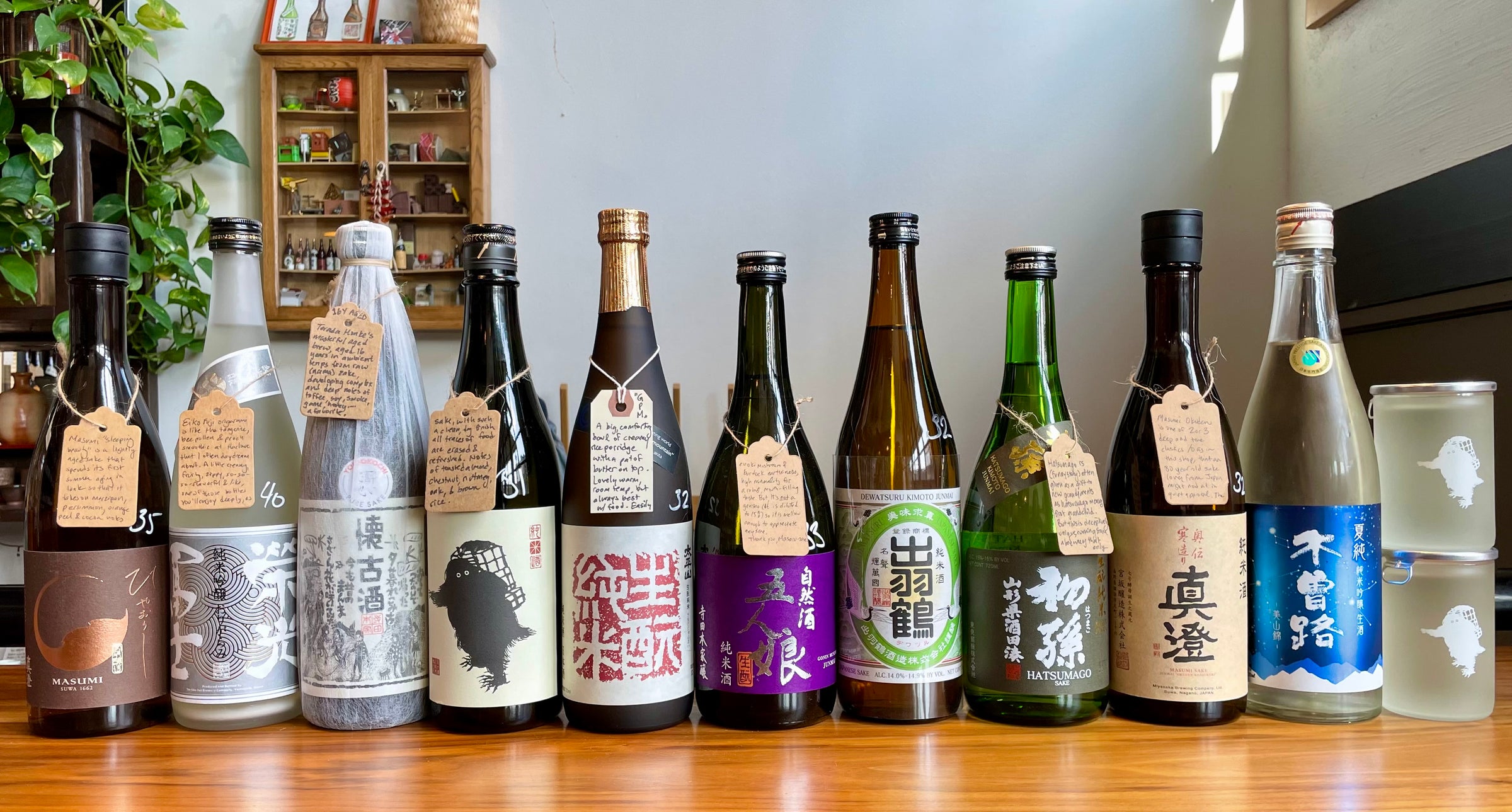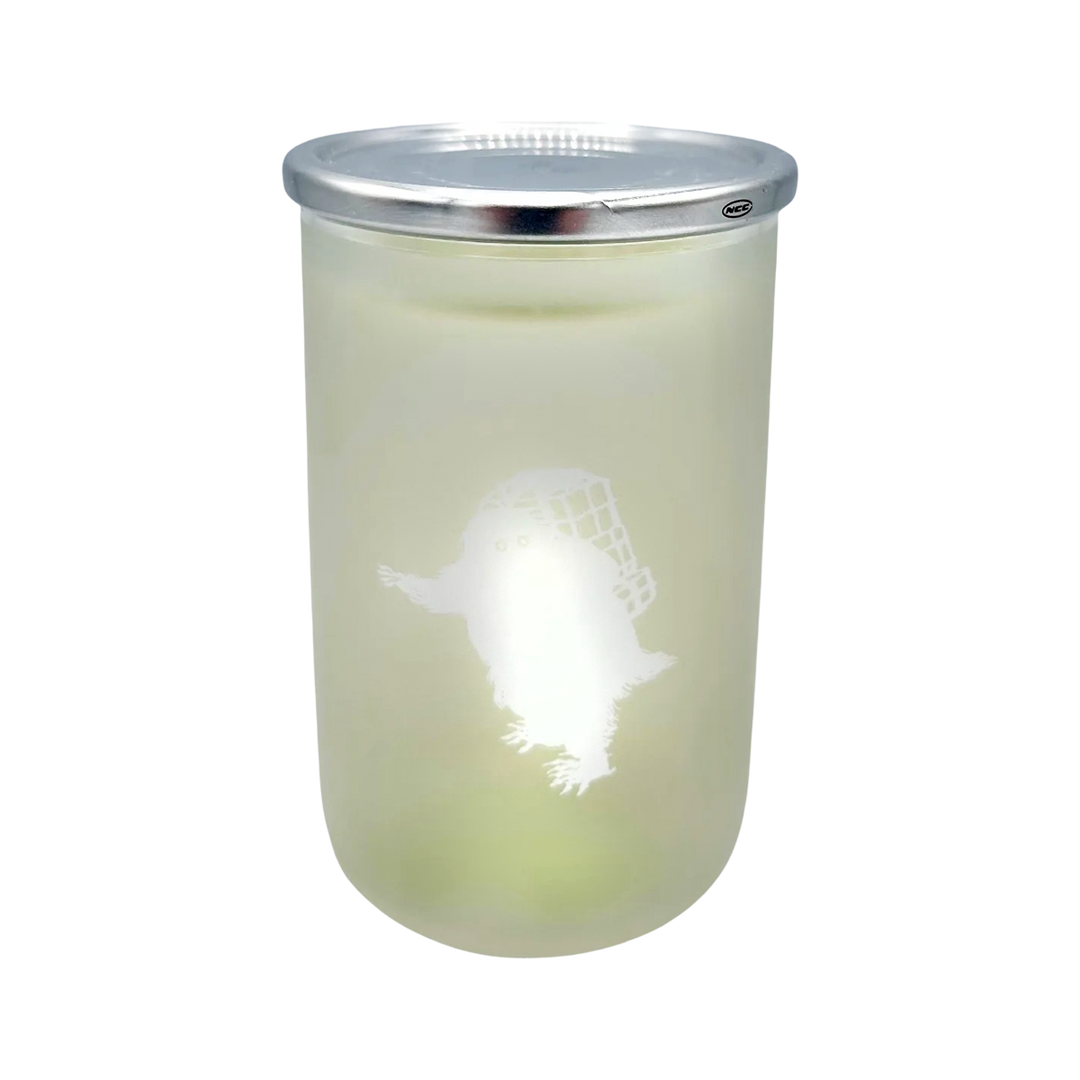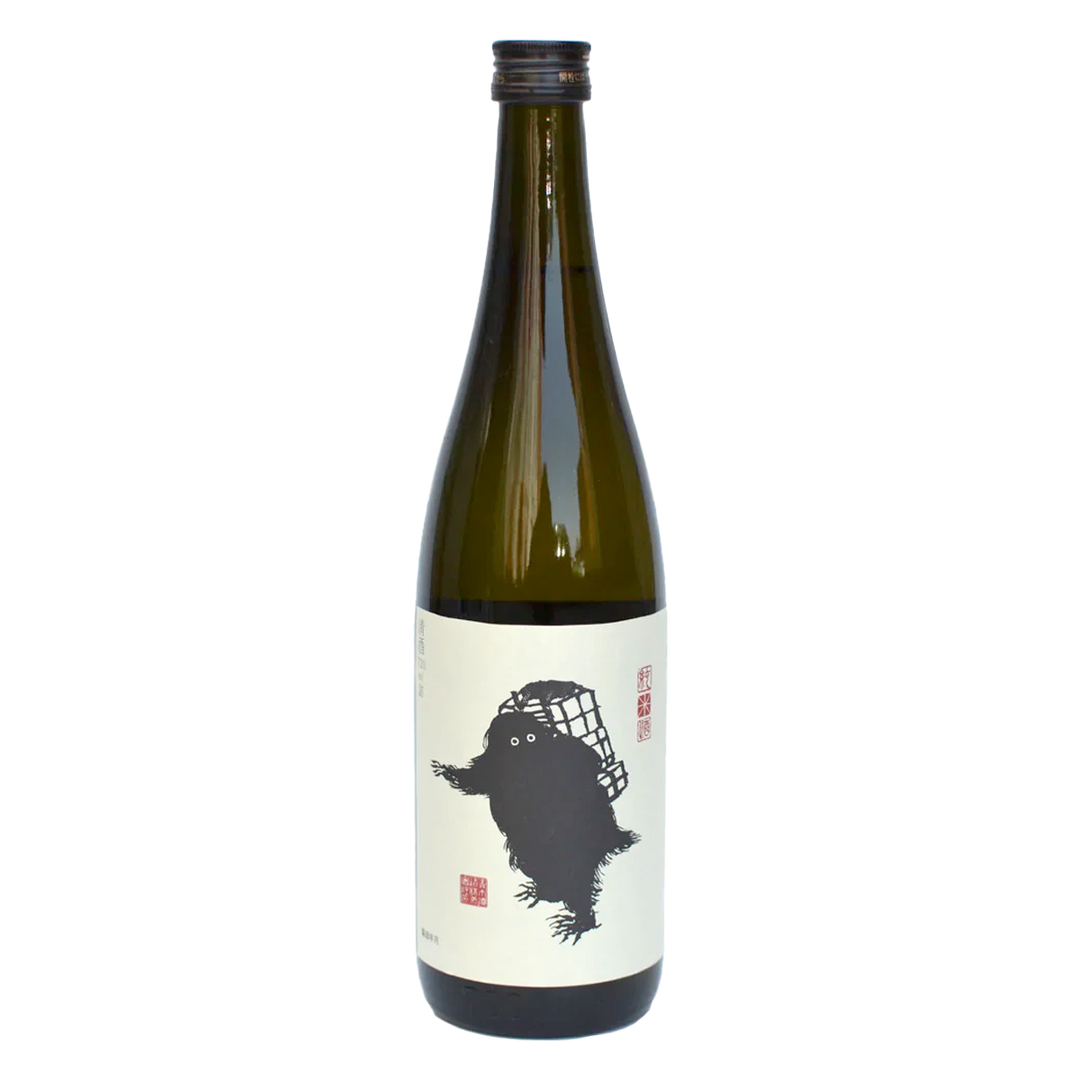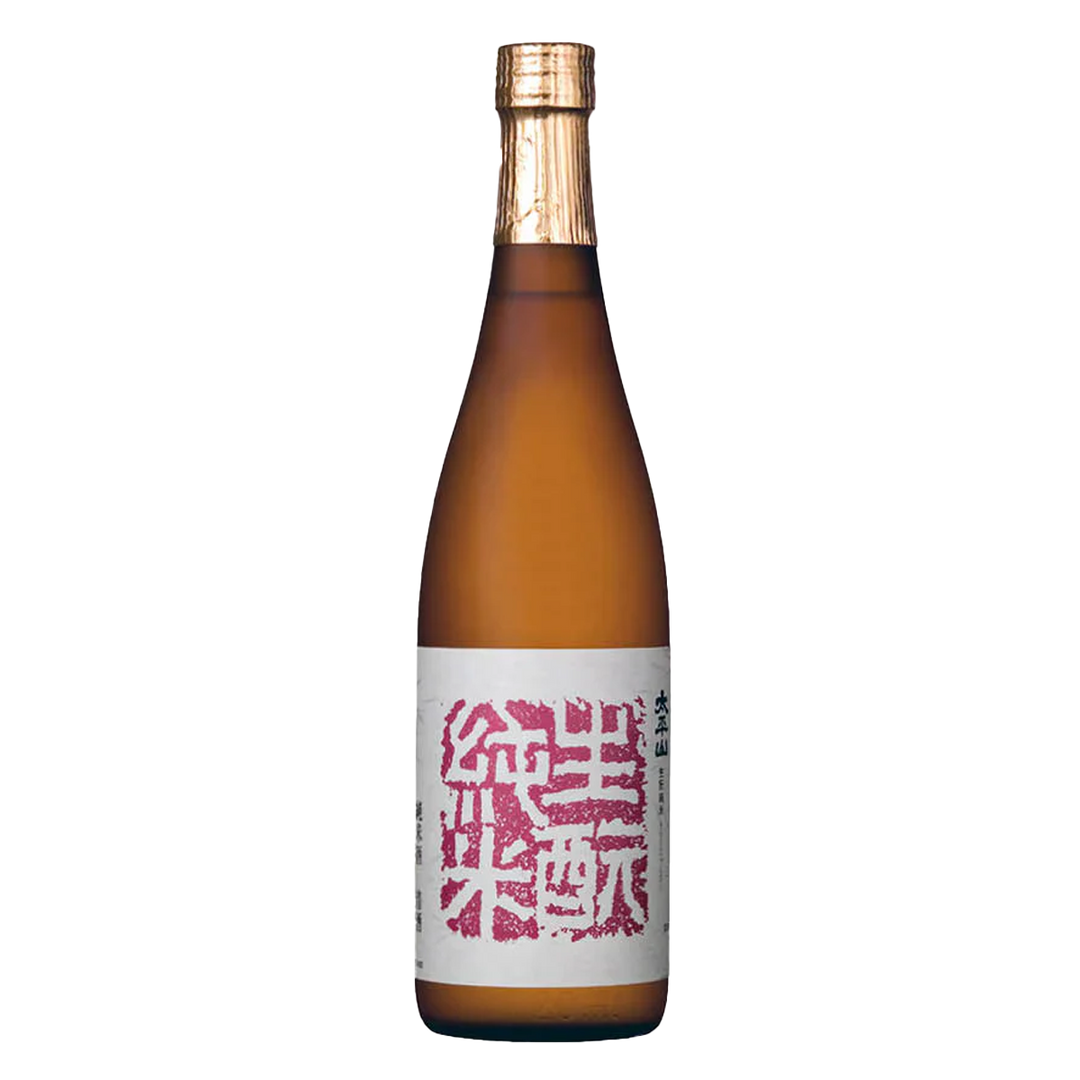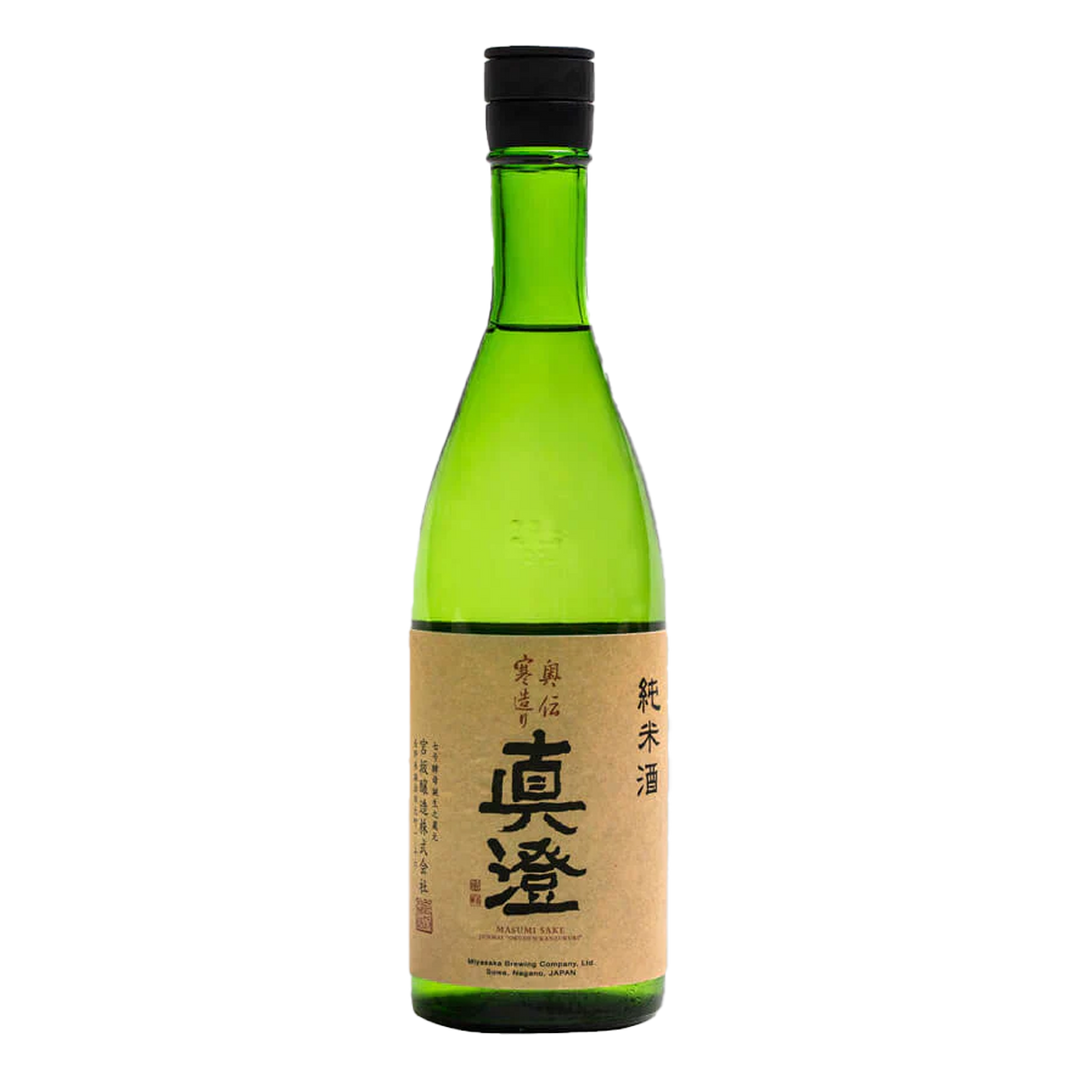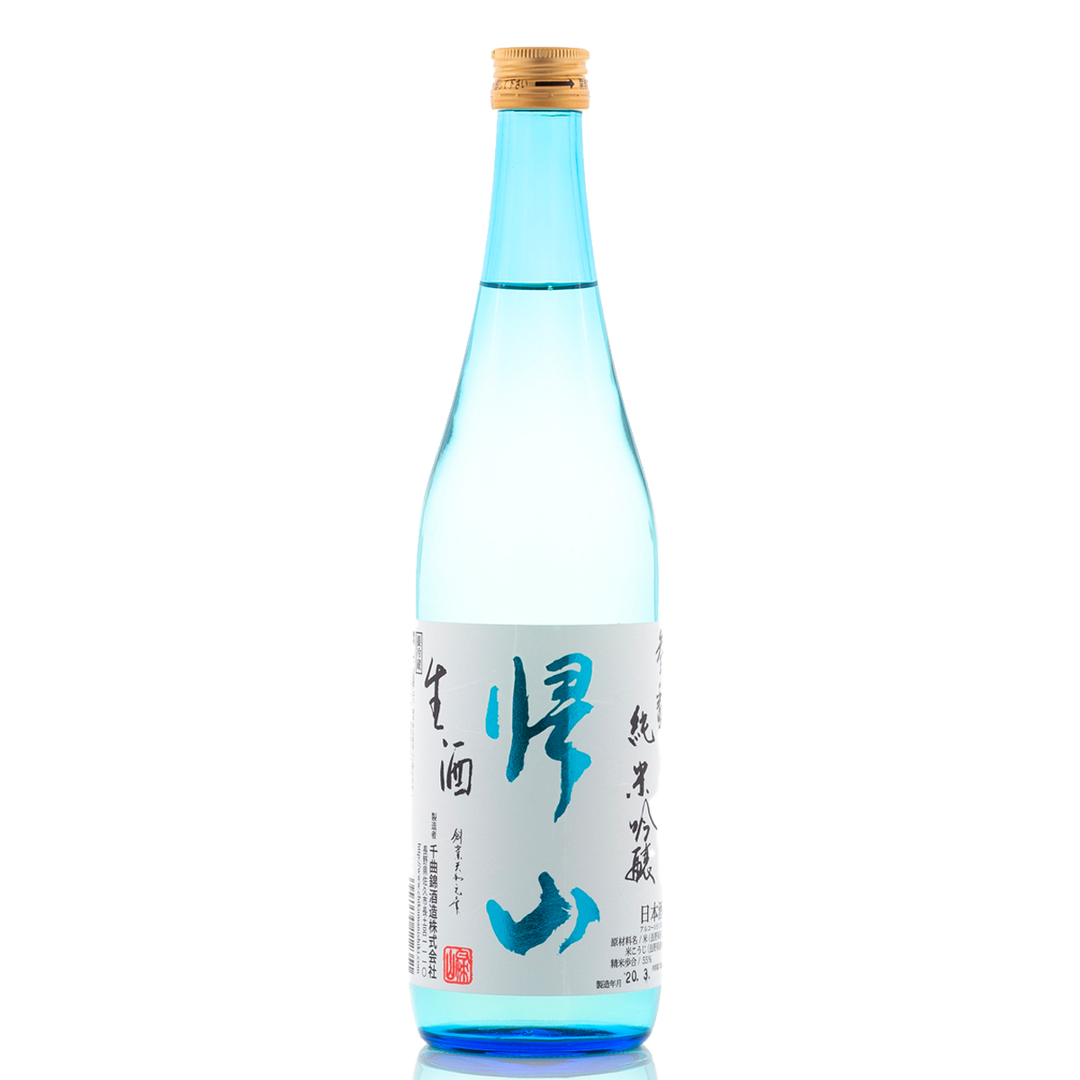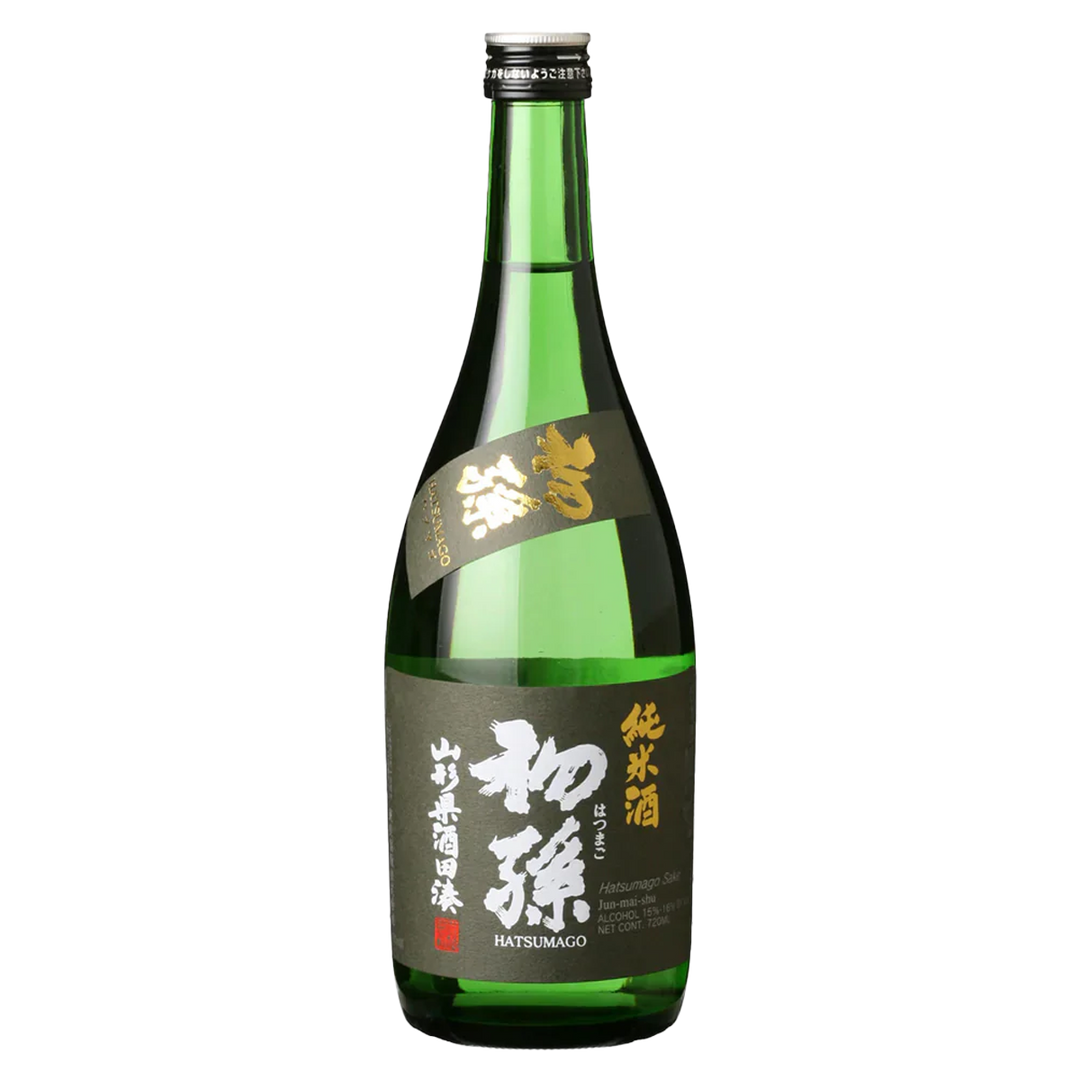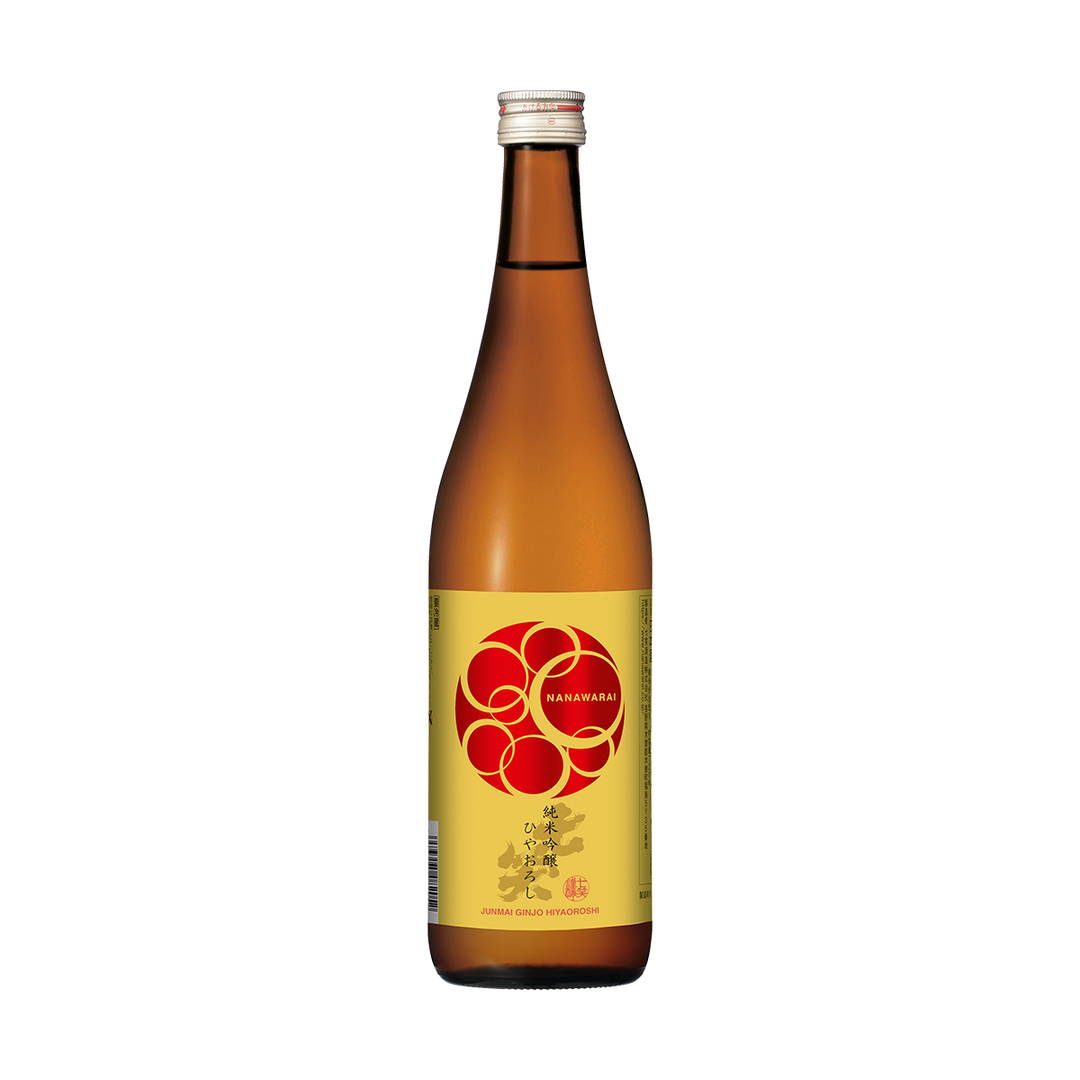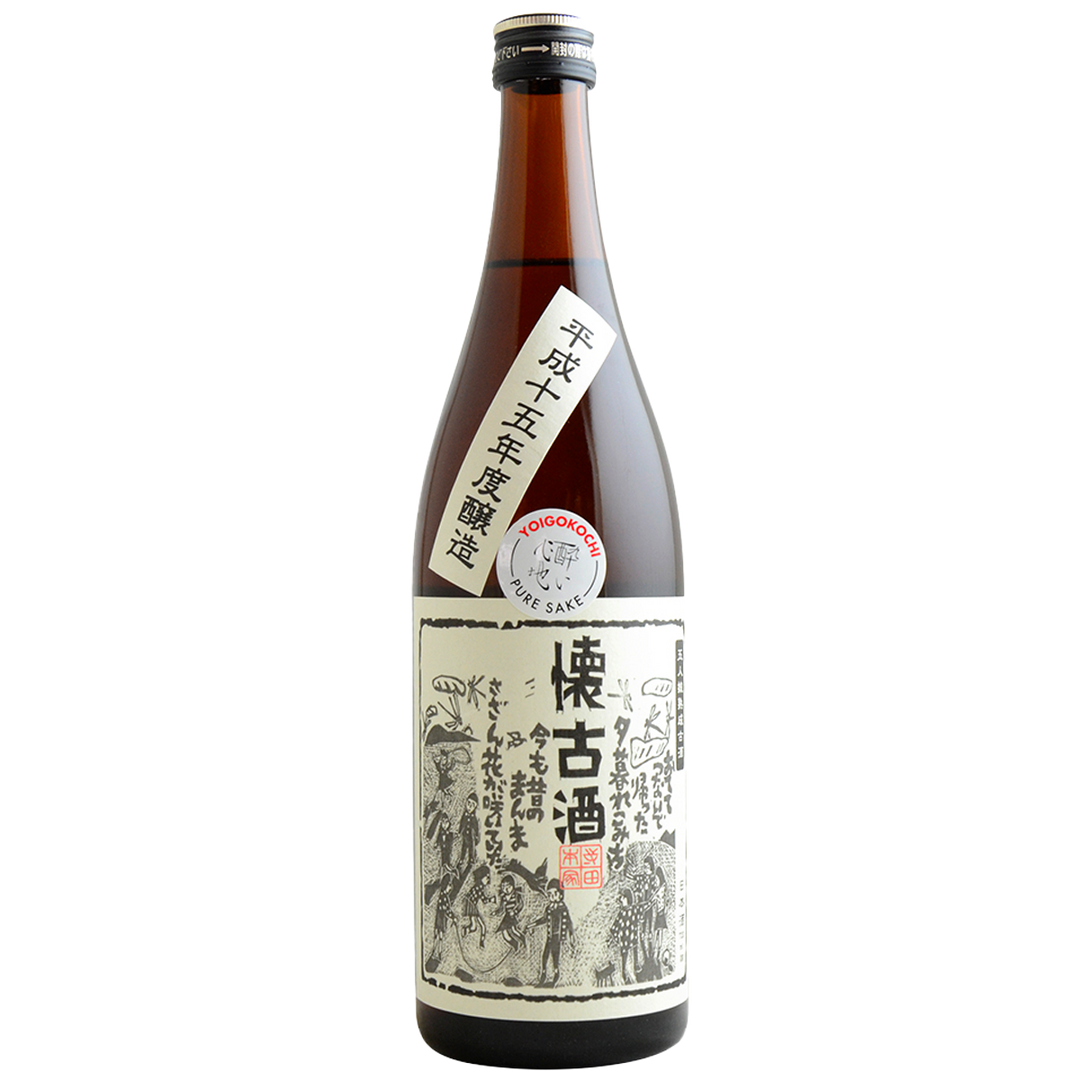Miyamanishiki was developed by Nagano prefecture in 1978, and roughly translates to beautiful mountain brocade (treasure) where the implication of beauty is one of a complex tapestry. Its development was in part as a reaction to the commercial success of their neighbor, Niigata, who had developed Gohyakumangoku rice and tanrei karakuchi style sake. Miyamanishiki was designed to be withstand the conditions of mountainous Nagano: cold temperatures in the shoulder seasons, as well as high elevation and a relatively short growing period.
Miyamanishiki is similar to Gohyakumangoku in that it is relatively early to ripen, the grain structure is hard, and the shinpaku (starchy core) is large and highly visible. Miyamanishiki is thought to give sake a light and clean taste like Gohyakumangoku, but I'm going to disagree with convention here and tell you that I think Miyamanishiki is at its best in umami-rich, soft yet deep sake, like Hatsumago. Light but indulgent, a bit like whipped cream. In contrast, gohyakumangoku rarely registers as indulgent to me.
Miyamanishiki is close to my heart. Many of my favorite sake are made from it. Although it is losing popularity and doesn't have easily identifiable characteristics, it's one of those varieties where, when I love a new brew, I can't help but check the label and be unsurprised that-- once again-- it is made from Miyamanishiki.
-
Rice varieties can have a huge influence on style, flavor, price, and storytelling for sake. While most rice varieties have a subtle impact on flavor --far less than grape variety in wine-- the variables you don't see or taste directly, play a part in making the sake what it is.


